Market Share
Commercial Aircraft Actuation System Market Share Analysis
The Commercial Aircraft Actuation System Market is witnessing several prominent trends that are shaping the landscape of the aerospace industry. One key trend is the increasing integration of electric actuation systems. As the aviation industry moves towards more electric aircraft (MEA) designs, there is a growing emphasis on replacing traditional hydraulic systems with electric actuation systems. This trend is driven by the advantages of electric systems, such as reduced weight, enhanced fuel efficiency, and simplified maintenance requirements. The shift towards electric actuation reflects a broader industry trend towards more sustainable and technologically advanced aircraft.
Another significant trend in the Commercial Aircraft Actuation System Market is the adoption of advanced materials and manufacturing techniques. Manufacturers are increasingly utilizing lightweight materials, such as composites and high-strength alloys, in the construction of actuation system components. This trend is driven by the need to reduce overall aircraft weight, improve fuel efficiency, and enhance durability. Advanced manufacturing techniques, including additive manufacturing and precision machining, are also contributing to the development of more efficient and cost-effective actuation systems.
Fly-by-wire technology is a pervasive trend in the Commercial Aircraft Actuation System Market. Modern commercial aircraft increasingly rely on fly-by-wire systems, where electronic signals replace traditional mechanical linkages between the pilot's controls and the aircraft's actuators. This trend enables greater control precision, improved handling characteristics, and enhanced safety features. Fly-by-wire technology is becoming a standard in new aircraft designs, driving the demand for advanced actuation systems capable of supporting these sophisticated flight control systems.
Automation and autonomy are emerging trends in the Commercial Aircraft Actuation System Market. With the ongoing development of autonomous and unmanned aircraft, there is a growing demand for actuation systems that support autonomous flight capabilities. This trend is particularly notable in the context of urban air mobility (UAM) and electric vertical takeoff and landing (eVTOL) aircraft, where advanced actuation systems are essential for controlling multiple rotors and achieving precise maneuvers. The trend towards automation reflects the industry's pursuit of innovative solutions for future air transportation.
Condition-based maintenance is gaining traction as a trend in the Commercial Aircraft Actuation System Market. Airlines and operators are increasingly adopting predictive maintenance practices, leveraging sensor data and health monitoring systems to assess the condition of actuation components. This trend allows for proactive maintenance, reducing downtime and enhancing overall fleet reliability. Condition-based maintenance aligns with the broader industry shift towards data-driven decision-making and predictive analytics for optimizing aircraft operations.
Cybersecurity considerations are becoming an integral trend in the Commercial Aircraft Actuation System Market. As aircraft systems become more interconnected and reliant on digital technologies, the vulnerability to cyber threats increases. This trend has prompted a focus on enhancing the cybersecurity features of actuation systems to ensure the integrity and safety of critical flight control functions. The aerospace industry is actively addressing cybersecurity challenges to safeguard aircraft systems from potential cyber attacks, reflecting the industry's commitment to aviation safety and security.
Sustainability and eco-efficiency are driving trends in the Commercial Aircraft Actuation System Market. With the aviation industry facing environmental challenges and increasing pressure to reduce carbon emissions, there is a growing focus on developing eco-friendly aircraft systems, including actuation systems. Manufacturers are exploring innovative solutions to enhance the sustainability of actuation systems, aligning with broader industry goals for greener aviation. This trend reflects a collective industry commitment to addressing environmental concerns and promoting more sustainable air travel.

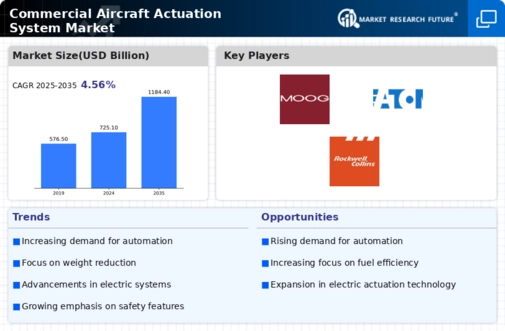
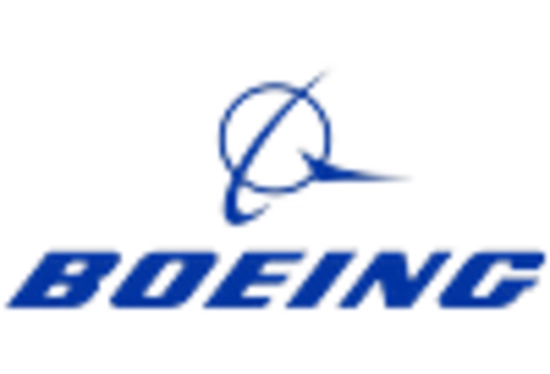

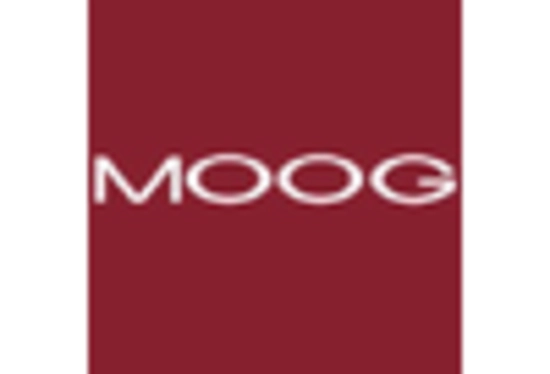
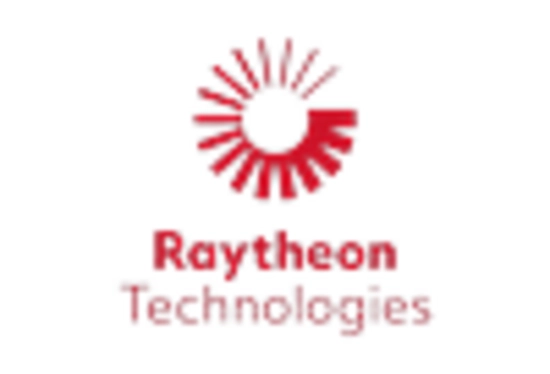
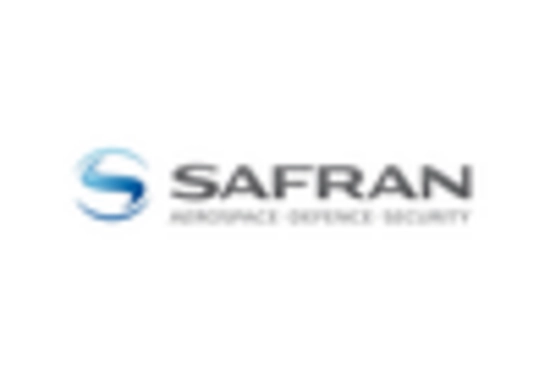


Leave a Comment